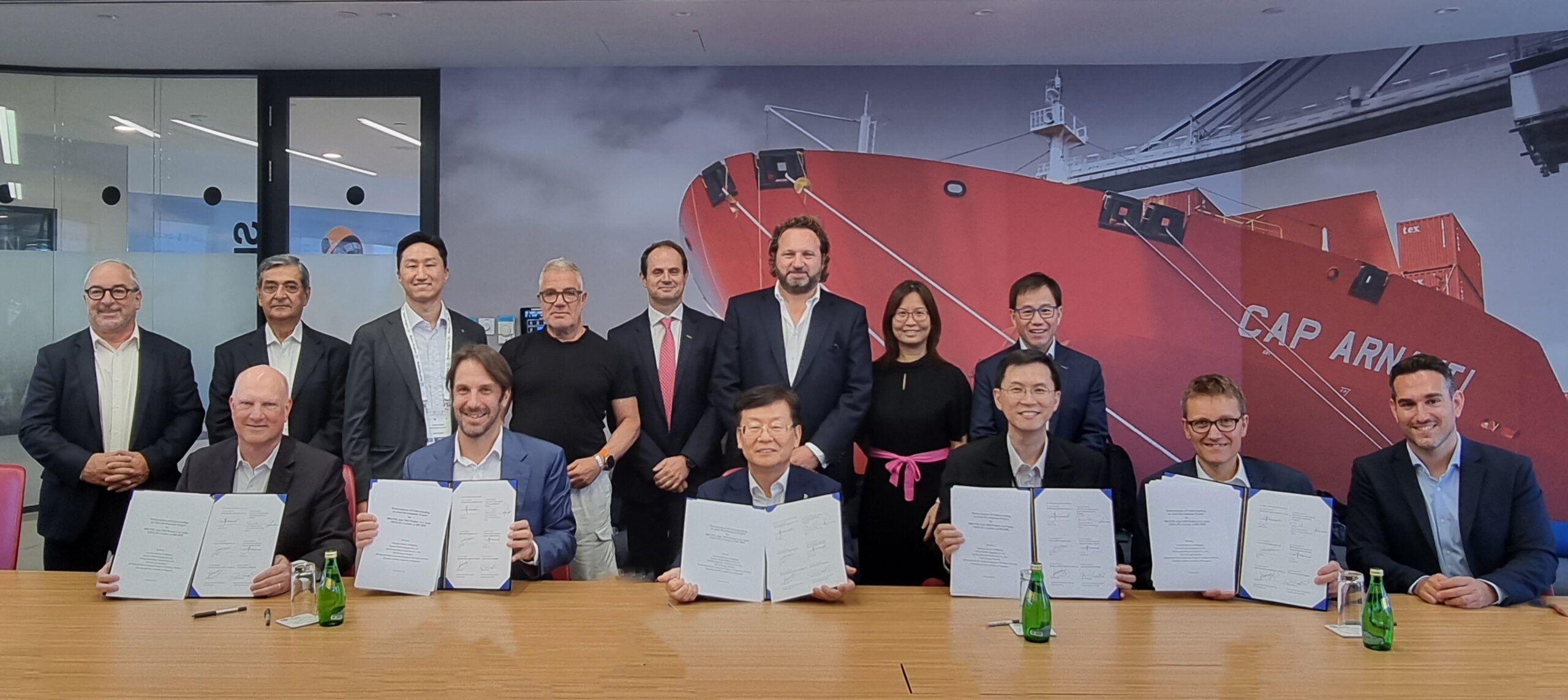PRESS RELEASE: Physical fuel suppliers need to fundamentally transform the traditional models of supply in order to survive, said Adrian Tolson, Senior Partner from 20|20 Marine Energy, a leading maritime consultancy.
Speaking ahead of SIBCON 2018, the industry’s largest bunkering conference, Tolson believes that as margins continue to dwindle suppliers need to look ahead to not only a post 2020 world, but also beyond as the industry’s fuel requirements to deliver sulphur compliance converges with regulatory pressure and targets to reduce GHG emissions from shipping. And in conjunction with this, they must utilize developments in technology, and access to data and intelligence to create sophisticated, and relevant models for the future marine energy supply chain.
 “Physical suppliers need to break out from the traditional model of solely delivering huge quantities of commodity in traditional large bunkering hubs with small margins as a means of hopefully staying in business and making a living; it is a negative downward spiral that will lead to insolvency. Even the current trend of looking for niche higher margin markets will be challenged and are not solutions to even medium-term sustainability. And any windfall profits for physical suppliers post 2020 will be short-lived, with the main beneficiaries being the large commodity players, which will lead to a quick return to declining margins. They must understand that the marine energy supply chain is fundamentally transforming, and they need to not just stay ahead of the curve, but show leadership by driving it, as there are opportunities for those that can lift their heads and be visionary,” said Tolson.
“Physical suppliers need to break out from the traditional model of solely delivering huge quantities of commodity in traditional large bunkering hubs with small margins as a means of hopefully staying in business and making a living; it is a negative downward spiral that will lead to insolvency. Even the current trend of looking for niche higher margin markets will be challenged and are not solutions to even medium-term sustainability. And any windfall profits for physical suppliers post 2020 will be short-lived, with the main beneficiaries being the large commodity players, which will lead to a quick return to declining margins. They must understand that the marine energy supply chain is fundamentally transforming, and they need to not just stay ahead of the curve, but show leadership by driving it, as there are opportunities for those that can lift their heads and be visionary,” said Tolson.
Tolson stated that in a pre-2020 world bunkering companies firstly need to position themselves as more than just basic suppliers, looking at every opportunity within the physical supply chain to add value, beyond the typical storage, distribution and supply process.
“Right now, some ship owners and operators still require guidance on what compliance solution they are going to adopt, which we know will be mainly distillates and blended VLSFO’s, interspersed with scrubbers. However, what they really need is help in structuring their purchasing habits, utilizing technology, data and intelligence so that their procurement and buying process is fully optimized. This can yield 1% to 2% in fuel cost savings, which is significant when we consider the dramatic increase in prices post 2020. Suppliers, as well as bunker traders need to be able to provide this level of consultancy, which takes their value-add way beyond price per ton, and also creates the foundation from which they can evolve their positioning and offering in a post 2020 world.”
































